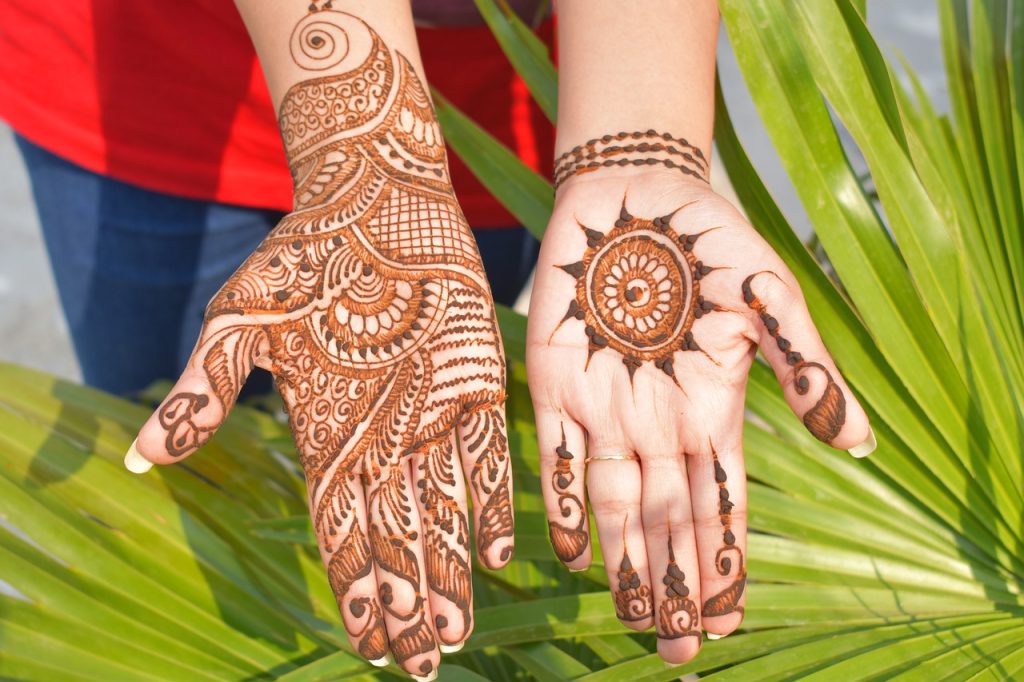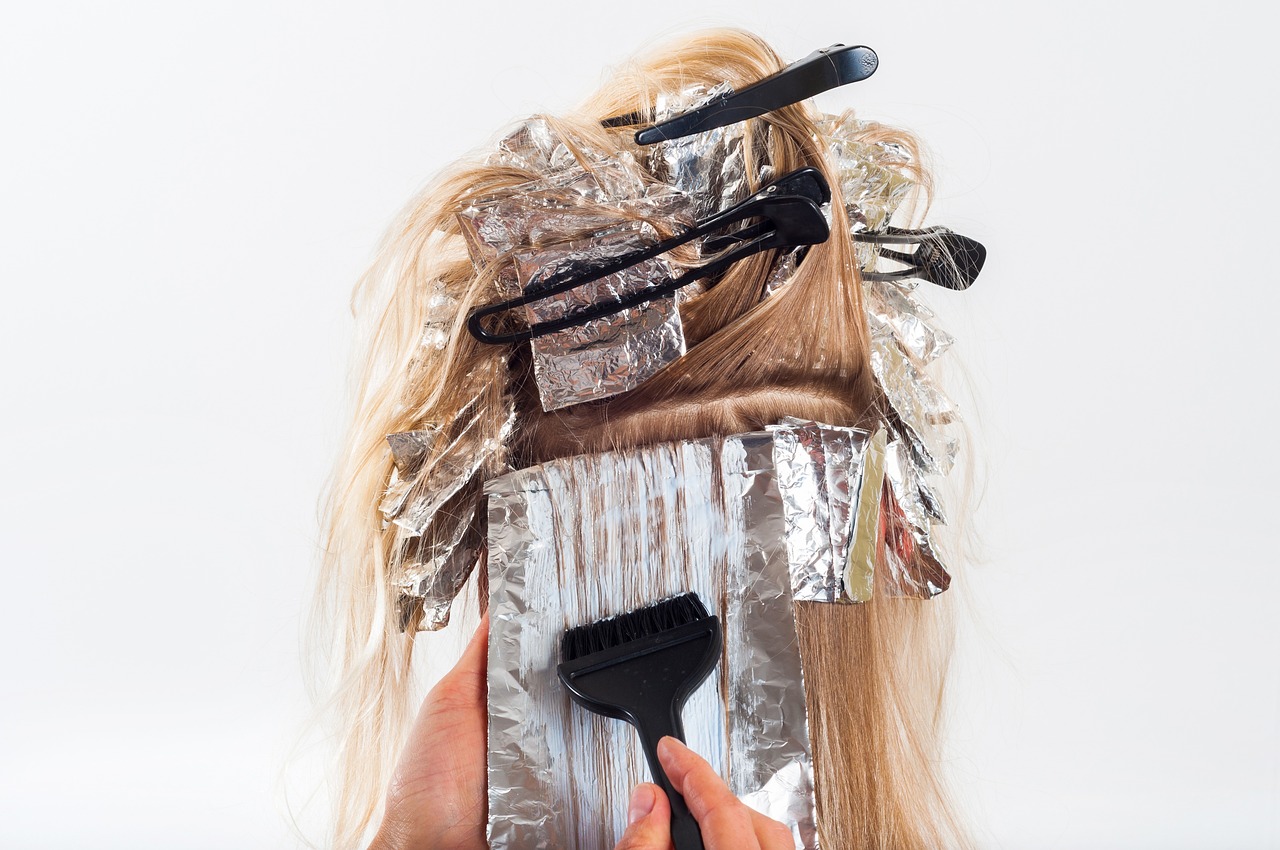When it comes to coloring hair, people have been using various methods for centuries. Two popular options that have stood the test of time are henna and traditional hair dye. Both henna and traditional hair dye have their unique characteristics, origins, and advantages. Let’s explore the origins of henna and traditional hair dye, discuss their respective advantages, and evaluate their safety.
Origins of Henna

Henna, also known as Mehndi, is derived from the leaves of the henna plant, which is native to North Africa, the Middle East, and South Asia. Henna has been used for thousands of years in cultural and traditional practices, particularly for body art and hair coloring. The leaves of the henna plant are dried, ground into a fine powder, and mixed with liquid to create a paste, which is then applied to the hair.
Origins of Traditional Hair Dye
Traditional hair dye, on the other hand, encompasses a wide range of synthetic dyes that have been developed over the years. The origins of traditional hair dye can be traced back to the late 19th century when the first synthetic dye, para-phenylenediamine (PPD), was discovered. Since then, various chemical compounds have been developed to create a spectrum of vibrant and long-lasting hair colors.
Advantages of Henna
1. Natural:
Henna is a plant-based product, making it an appealing choice for those seeking a natural alternative to chemical-laden hair dyes.
2. Conditioning properties:
Henna not only colors the hair but also coats it, adding shine, volume, and strengthening the strands.
3. Gradual fading:
Henna typically fades gradually over time, resulting in less noticeable regrowth and allowing for easy color maintenance.
4. Safe for most people:
Henna is generally well-tolerated and suitable for most hair types, including individuals with sensitive scalps.
Advantages of Traditional Hair Dye

1. Wide range of colors:
Traditional hair dyes offer a vast array of shades, from natural tones to bold and unconventional colors.
2. Long-lasting results:
Chemical dyes tend to provide more permanent and fade-resistant color, ensuring that the desired shade remains vibrant for a longer duration.
3. Color customization:
Traditional hair dyes allow for precise color control, enabling individuals to achieve specific shades and highlights.
4. Quick application:
Compared to henna, traditional hair dye often requires less time for application and development.
Safety Concerns of Henna
1. Skin sensitivity:
While henna is generally considered safe, some individuals may experience an allergic reaction, resulting in redness, itching, or dermatitis. Patch testing is recommended before applying henna to the entire scalp.
2. Ingredient purity:
It's important to choose high-quality henna products that are free from additives or contaminants to minimize the risk of adverse effects.
Safety Concerns of Traditional Hair Dye
1. Allergic reactions:
Certain chemical compounds in traditional hair dyes, such as PPD, can cause allergic reactions in some individuals. Patch testing is crucial to identify any potential sensitivities before full application.
2. Chemical exposure:
Traditional hair dyes often contain chemicals such as ammonia and hydrogen peroxide, which can be harsh on the hair and scalp if used incorrectly or excessively. Proper ventilation and following instructions carefully are important.
3. Hair damage:
Frequent use of traditional hair dye can lead to dryness, breakage, and loss of natural shine. Adequate hair care and conditioning can help mitigate these effects.
Conclusion
Henna and traditional hair dye offer distinct advantages and considerations. Henna provides a natural and conditioning approach to hair coloring, while traditional hair dye offers a wider range of colors and longer-lasting results. Safety precautions should be taken for both options, including patch testing and choosing high-quality products. Ultimately, the choice between henna and traditional hair dye depends on individual preferences, hair type, and desired results.










